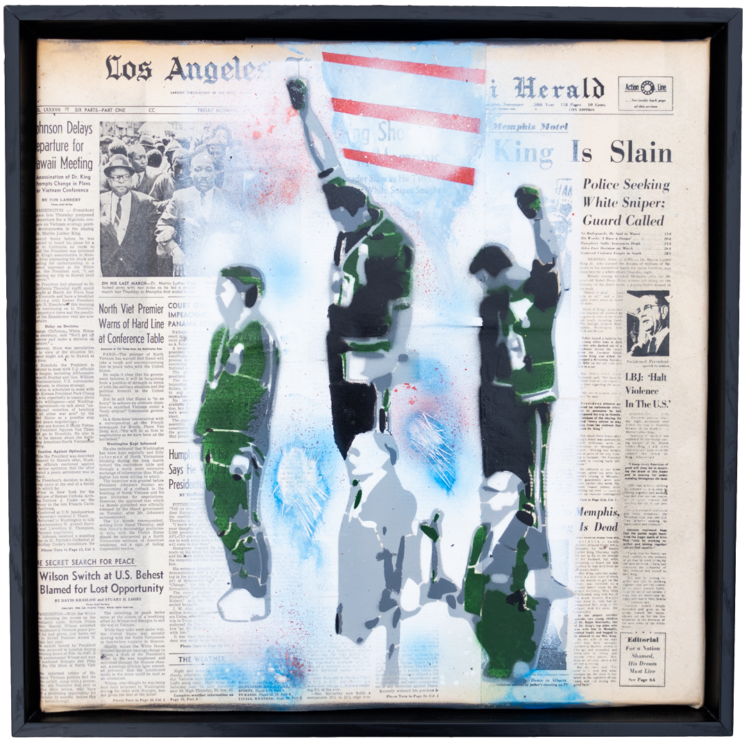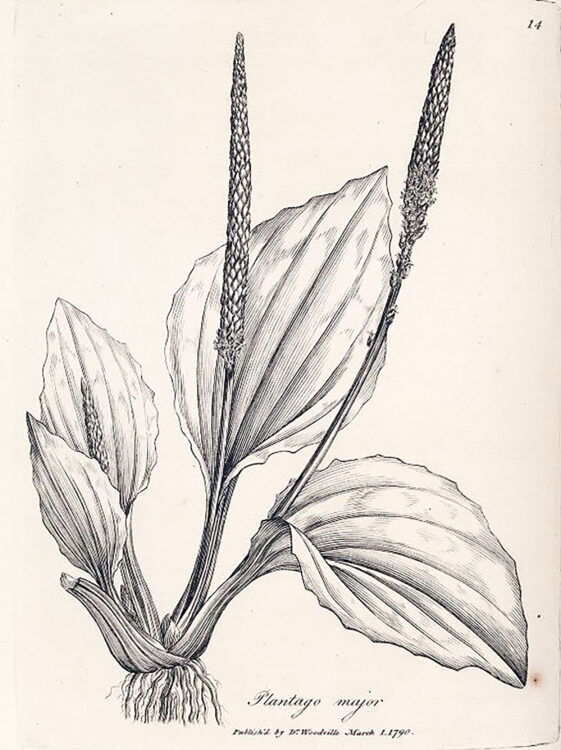Schools Aren’t Prepared to Handle Racist Bullying
Share
Explore Our Galleries
Breaking News!
Today's news and culture by Black and other reporters in the Black and mainstream media.
Ways to Support ABHM?
By Maya Pottiger, Word in Black

Breana Calloway stood in front of the Illinois State Senate in March to testify in favor of the Racism Free Schools Act.
It passed the Senate unanimously, passed through the House, and was signed into law in August.
Calloway, a principal-in-training in Chicago and a former Teach Plus Fellow, worked with her cohort to pass the act, which she says “puts something on the books to protect staff and students from racial harassment.”
The goal was to distinguish racial harassment from bullying, because bullying is something that persists, whereas racial harassment can happen once and still cause the same amount of harm. And it aims to provide training for teachers, because so many “are not prepared to deal with it,” Calloway says.
Growing up in predominantly white spaces, this was personal to Calloway. She wanted to make sure that not only was her story being told, but so were the stories of thousands of students who experience this daily.
Now they’re figuring out how to implement it, hold people accountable, and even take it national.
“This is something we want to expand upon,” Calloway says. “This is something that is super monumental for us here in Illinois, and we’re definitely looking forward to expanding.”
Word in Black has more information.
Without a firm stance against racist bullying, schools may instead punish victims of racism.



Comments Are Welcome
Note: We moderate submissions in order to create a space for meaningful dialogue, a space where museum visitors – adults and youth –– can exchange informed, thoughtful, and relevant comments that add value to our exhibits.
Racial slurs, personal attacks, obscenity, profanity, and SHOUTING do not meet the above standard. Such comments are posted in the exhibit Hateful Speech. Commercial promotions, impersonations, and incoherent comments likewise fail to meet our goals, so will not be posted. Submissions longer than 120 words will be shortened.
See our full Comments Policy here.